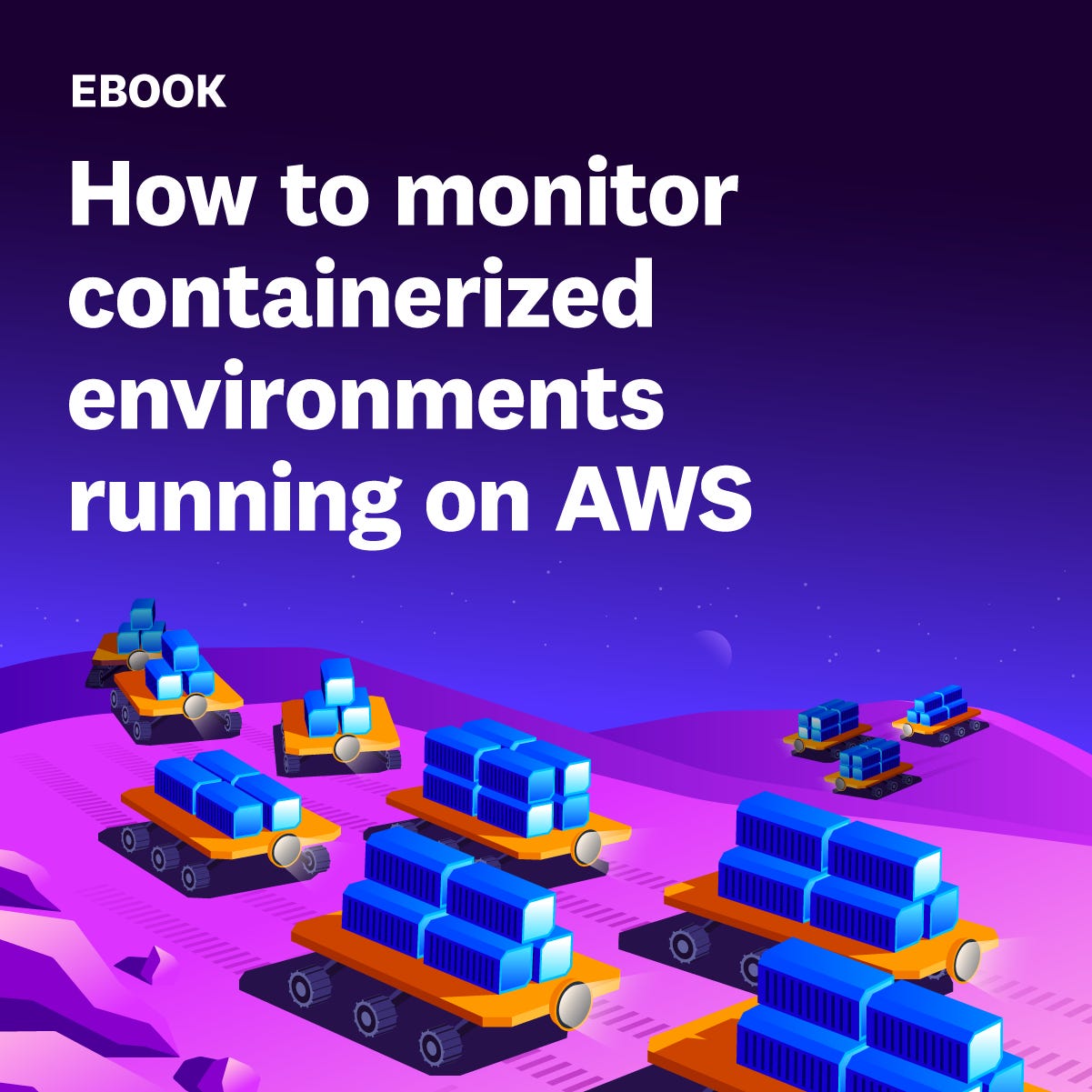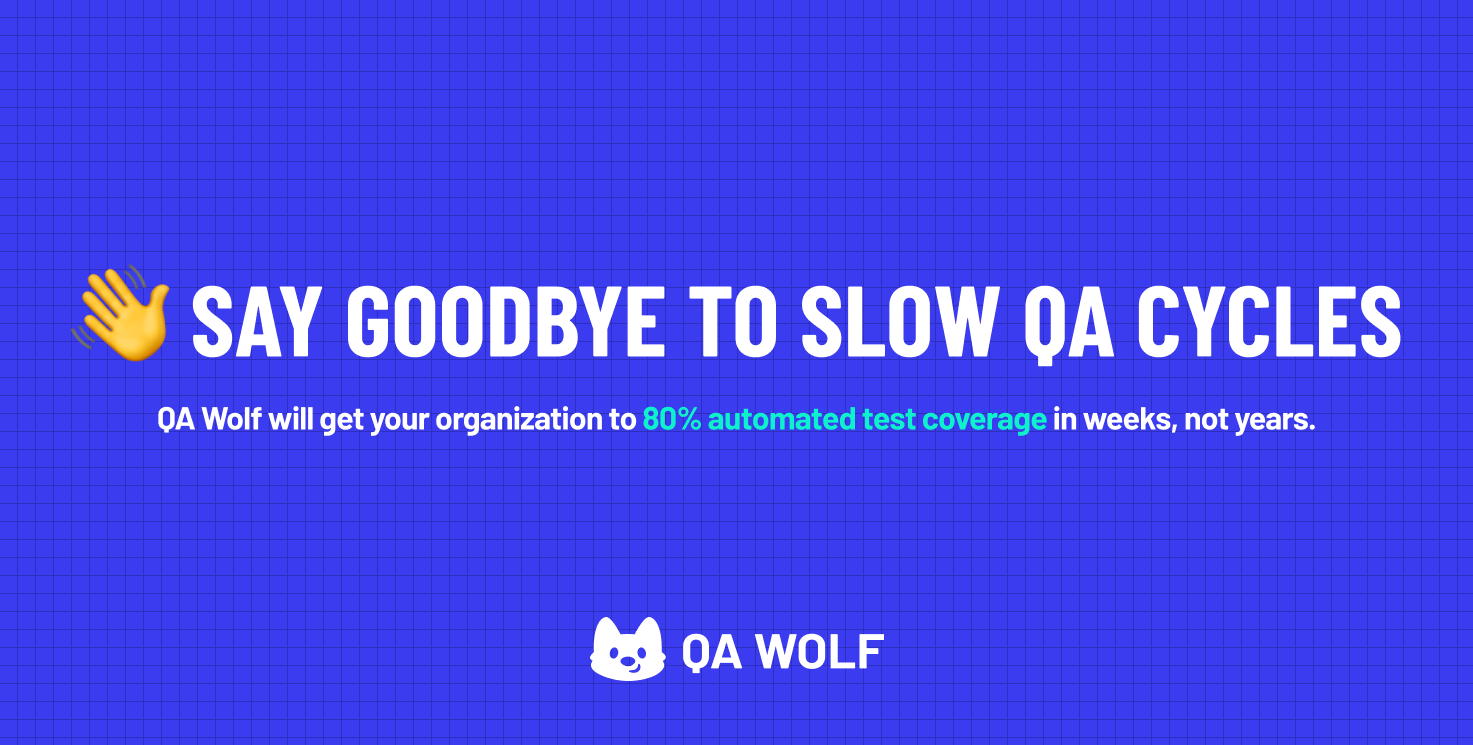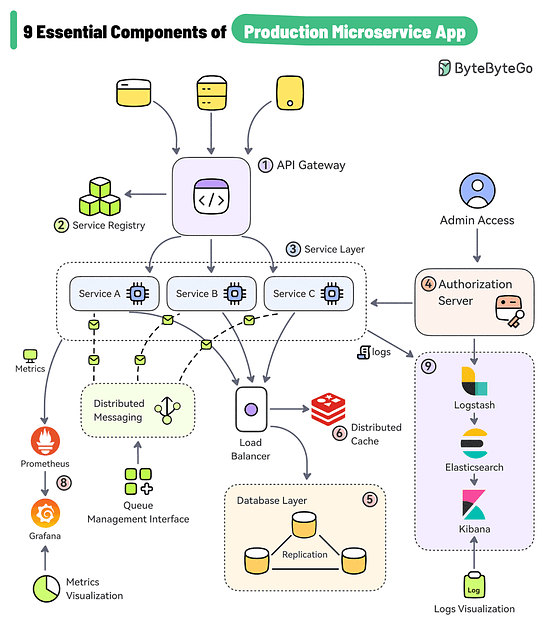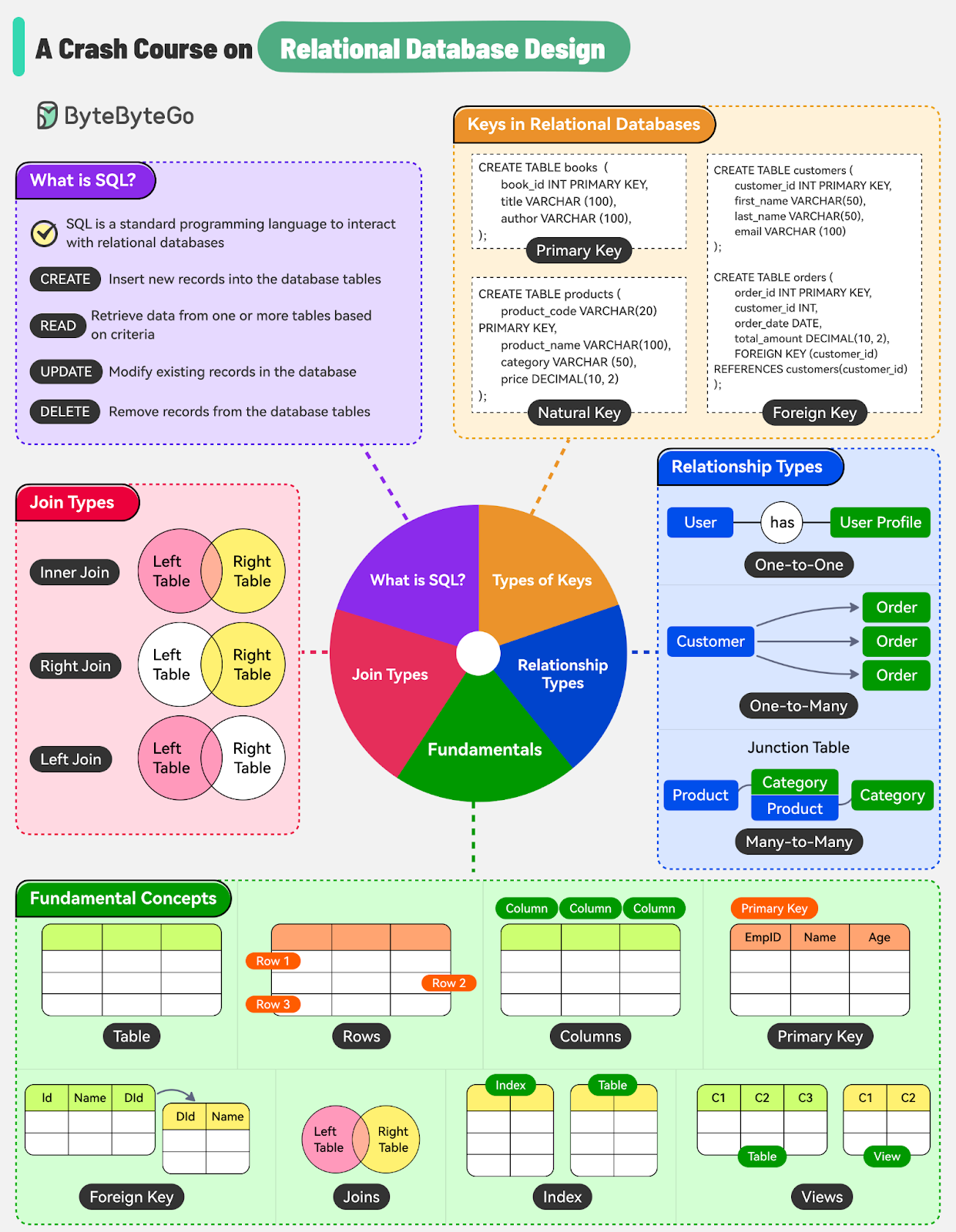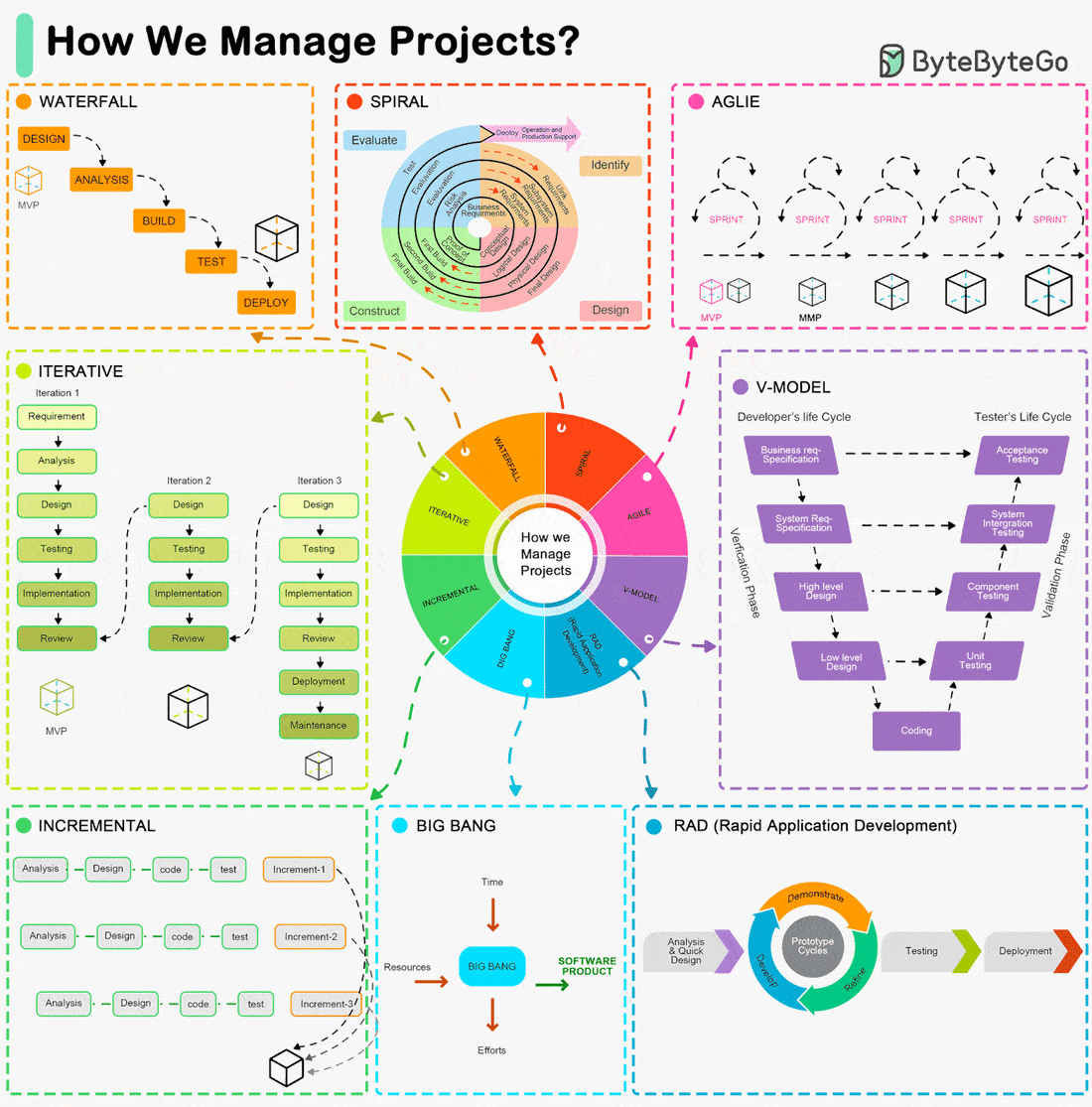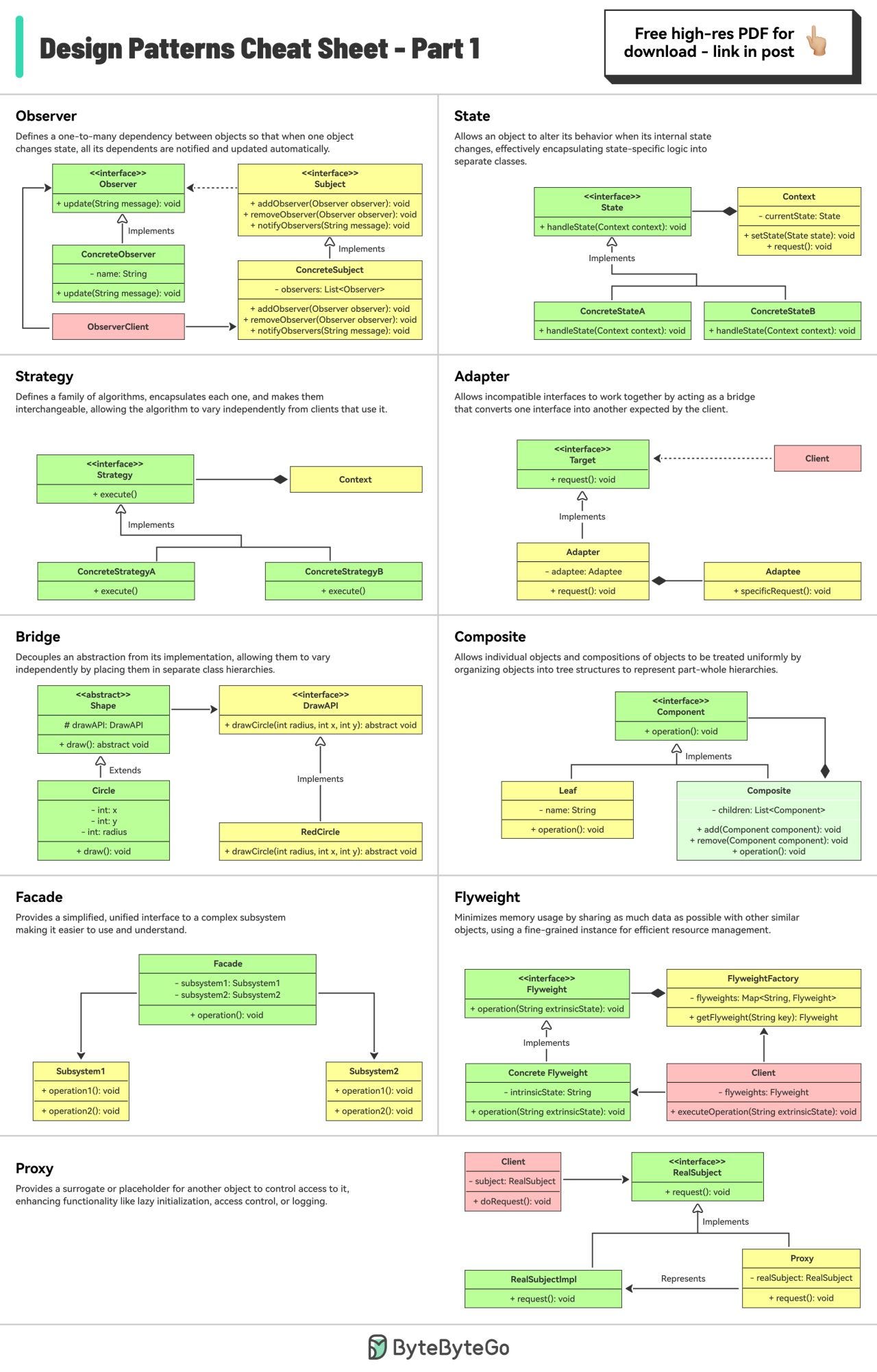- Mailing Lists
- in
- EP121: 9 Essential Components of a Production Microservice Application
Archives
- By thread 5228
-
By date
- June 2021 10
- July 2021 6
- August 2021 20
- September 2021 21
- October 2021 48
- November 2021 40
- December 2021 23
- January 2022 46
- February 2022 80
- March 2022 109
- April 2022 100
- May 2022 97
- June 2022 105
- July 2022 82
- August 2022 95
- September 2022 103
- October 2022 117
- November 2022 115
- December 2022 102
- January 2023 88
- February 2023 90
- March 2023 116
- April 2023 97
- May 2023 159
- June 2023 145
- July 2023 120
- August 2023 90
- September 2023 102
- October 2023 106
- November 2023 100
- December 2023 74
- January 2024 75
- February 2024 75
- March 2024 78
- April 2024 74
- May 2024 108
- June 2024 98
- July 2024 116
- August 2024 134
- September 2024 130
- October 2024 141
- November 2024 171
- December 2024 115
- January 2025 216
- February 2025 140
- March 2025 220
- April 2025 233
- May 2025 239
- June 2025 303
- July 2025 40
EP121: 9 Essential Components of a Production Microservice Application
EP121: 9 Essential Components of a Production Microservice Application
How to monitor AWS container environments at scale (Sponsored)In this eBook, Datadog and AWS share insights into the changing state of containers in the cloud and explore why orchestration technologies are an essential part of managing ever-changing containerized workloads.
This week’s system design interview:
✂️Cut your QA cycles down to minutes with automated testing (Sponsored)Are slow test cycles bottlenecking your dev teams’ release velocity? With QA Wolf, your organization can run entire test suites in minutes for faster feedback and developer confidence to ship. QA Wolf takes testing off your plate. They can get you:
The benefit? No more manual E2E testing. No more slow QA cycles. No more bugs reaching production. With QA Wolf, Drata’s team of 80+ engineers achieved 4x more test cases and 86% faster QA cycles. 🌟Rated 4.8/5 on G2 Linux Crash Course - Understanding File Permissions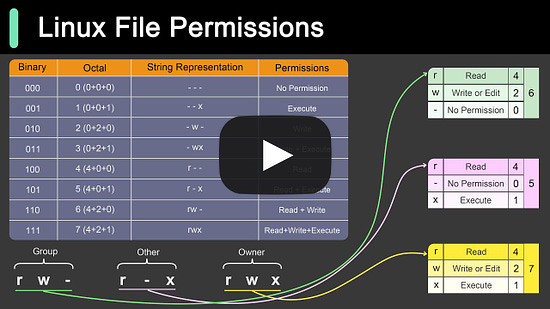 9 Essential Components of a Production Microservice Application
Over to you: What else would you add to your production microservice architecture? Latest articlesIf you’re not a paid subscriber, here’s what you missed. To receive all the full articles and support ByteByteGo, consider subscribing: Iterative, Agile, Waterfall, Spiral Model, RAD Model... What are the differences?The Software Development Life Cycle (SDLC) is a framework that outlines the process of developing software in a systematic way. Here are some of the most common ones:
Each of these models has its advantages and disadvantages, and the choice of which to use often depends on the specific requirements and constraints of the project at hand. Design Patterns Cheat Sheet - Part 1 and Part 2The cheat sheet briefly explains each pattern and how to use it. What's included?
SPONSOR USGet your product in front of more than 1,000,000 tech professionals. Our newsletter puts your products and services directly in front of an audience that matters - hundreds of thousands of engineering leaders and senior engineers - who have influence over significant tech decisions and big purchases. Space Fills Up Fast - Reserve Today Ad spots typically sell out about 4 weeks in advance. To ensure your ad reaches this influential audience, reserve your space now by emailing hi@bytebytego.com © 2024 ByteByteGo |
by "ByteByteGo" <bytebytego@substack.com> - 11:35 - 20 Jul 2024
